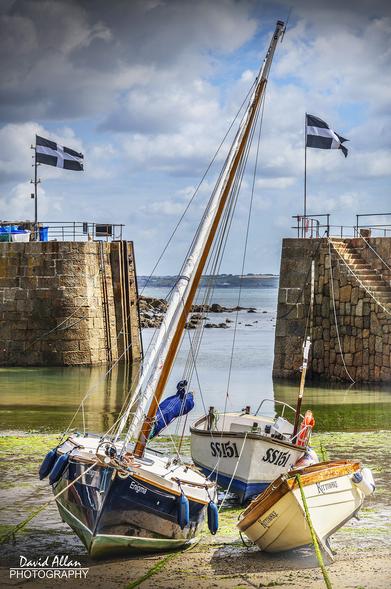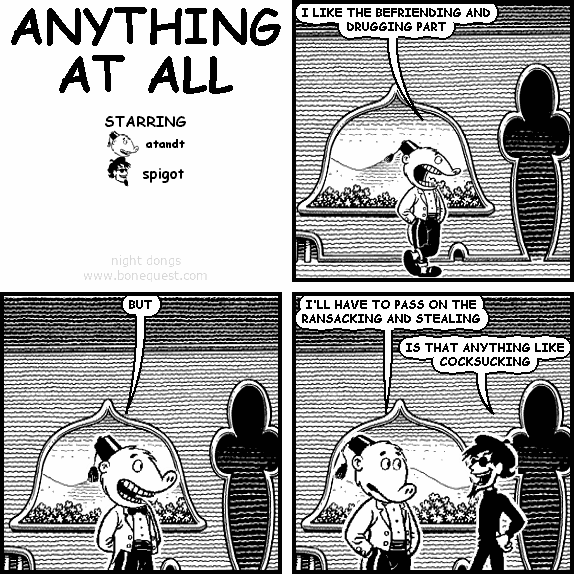Today in BoneQuest History for April 4th 1999 "CLEANING UP THE CARPET" https://bonequest.com/178 #bonequest 
 #deuce_spigot #down_in_front #drunk_deuce #faggot #fat #jizz #mousehole #piss #seattle #somber_deuce
#deuce_spigot #down_in_front #drunk_deuce #faggot #fat #jizz #mousehole #piss #seattle #somber_deuce
Recent searches
Search options
#mousehole
The Harbour, Mousehole, Cornwall, c.1980s - Salmon Postcard
Today, it being St Piran's Day, a photograph of two Cornish flags pictured flying either side of the entrance to Mousehole harbour (pronounced 'Mowzel'), near Penzance in West Cornwall. Saint Piran's Day, or the Feast of Saint Piran, is the national day of Cornwall, held on 5 March. Saint Piran is one of the patron saints of Cornwall, as well as being the patron saint of tin miners.
#england #cornwall #mousehole #coast #stpiran #photography
Today in BoneQuest History for March 3rd 2023 "FIRST TIME, LONG TIME" https://bonequest.com/8750 #bonequest  #dicklicking #mousehole #no_title_card #radio #single_panel #spigot_solo
#dicklicking #mousehole #no_title_card #radio #single_panel #spigot_solo
Today in BoneQuest History for February 20th 2004 "ANYTHING AT ALL" https://bonequest.com/1967 #bonequest  #atandt_spigot #cocksucking #drugging #mousehole #ransacking #stealing
#atandt_spigot #cocksucking #drugging #mousehole #ransacking #stealing
Today in BoneQuest History for February 15th 2000 "THAT MALLET" https://bonequest.com/507 #bonequest 
 #deuce_pants #huffy_pants #mallet #mousehole #physical_comedy #sfw #violence
#deuce_pants #huffy_pants #mallet #mousehole #physical_comedy #sfw #violence
Today in BoneQuest History for February 12th 2004 "JUST ENDS THERE" https://bonequest.com/1959 #bonequest 
 #deuce_spigot #mousehole #porn #security #somber_deuce
#deuce_spigot #mousehole #porn #security #somber_deuce
Finding fishermen in Victorian Cornwall
While the status of the miner on Cornwall’s coat of arms seems assured, warranted by their 30 per cent or so of the total workforce, that of fishermen is less secure. In contrast, the two per cent of the enumerated adult male labour force in 1861 who were described as fishermen suggests they were a much rarer breed.
Nevertheless, there were in excess of ten fishermen in just over ten per cent (24) of Cornwall’s parishes, this proportion being much higher of course if we exclude inland parishes. Yet Cornwall’s full-time fishers in 1861 were almost as geographically concentrated as its clay workers. Fully 55 per cent of fishermen were found in just two parishes in the far west. St Ives was home to 302 fishermen while Paul, containing the villages of Newlyn and Mousehole, hosted 748, more than one in three of all Cornwall’s fishermen.
The most unexpected aspect of the map above is the absence of fishermen on the north coast, particularly Port Isaac and Padstow. Just eight fishermen were recorded as such in the parish of St Endellion, which included Port Isaac. Meanwhile, we’re informed that Padstow was home to just two. Did these places really have very few full-time fishermen in the 1860s? Could there be missing fishermen, the local boats perhaps being at sea at the time of the census? Or were fishermen recorded as mariners, both parishes being home to considerable numbers of the latter.
More generally, outside Newlyn and St Ives fishing was likely to be more of a part-time activity. The many examples of men described as fisherman and something else in the census hints at this. Full-time deep-sea fishing was a growing industry but considerable numbers were still employed in seine fishing, taking the shoals of pilchards that appeared close to the Cornish coasts every year. Seine fishing was a part-time pursuit, heavily capitalised but employing men for only a few weeks at most. These are lost to us in the census, disguised by their more mundane and all year-round callings as masons, grocers’ assistants, labourers or whatever.
The Harbour, Mousehole, Cornwall, c.1960s - Postcard
https://www.ebid.net/uk/for-sale/the-harbour-mousehole-cornwall-c-1960s-postcard-221333970.htm
Today in BoneQuest History for January 13th 2021 "AUTOJOB MARK II" https://bonequest.com/7970 #bonequest 
 #boston_dynamics #deuce_spigot #drunk_deuce #mousehole #robotics #typo
#boston_dynamics #deuce_spigot #drunk_deuce #mousehole #robotics #typo
Today in BoneQuest History for December 23rd 2002 "INSECT KINGDOM" https://bonequest.com/1546 #bonequest  #bees #fags #mousehole #no_greytext #repetition
#bees #fags #mousehole #no_greytext #repetition
Mousehole, Cornwall, 1966 - Jarrold Postcard
https://www.ebid.net/uk/for-sale/mousehole-cornwall-1966-jarrold-postcard-221187834.htm
Today in BoneQuest History for December 21st 2003 "KIDNAP VICTIM" https://bonequest.com/1905 #bonequest 
 #bus #bus_ticket #deja_vu #deuce_pants #mousehole
#bus #bus_ticket #deja_vu #deuce_pants #mousehole
Today in BoneQuest History for December 18th 1998 "DOWN THE STAIRS" https://bonequest.com/88 #bonequest 
 #ambulance #bored_pants #caption #deuce_pants #deucegrin #drunk_deuce #huffy_pants #mousehole #physical_comedy #sfw #stairs
#ambulance #bored_pants #caption #deuce_pants #deucegrin #drunk_deuce #huffy_pants #mousehole #physical_comedy #sfw #stairs
Today in BoneQuest History for December 14th 2000 "UNIX IS FOR TRIBBLES" https://bonequest.com/811 #bonequest  #mousehole #spigot_solo #unix #violent_disapproval
#mousehole #spigot_solo #unix #violent_disapproval
Today in BoneQuest History for November 25th 2007 "NOT HELPING AT ALL" https://bonequest.com/3310 #bonequest  #enclave #jerking_off #mousehole #somber_deuce #sucking #vampire
#enclave #jerking_off #mousehole #somber_deuce #sucking #vampire
The Spaniards and Keigwin Manor in 1595, Mousehole, Cornwall, c.1960 - Postcard
Today in BoneQuest History for November 2nd 2020 "CANCER STICKS/IDIOT BOX" https://bonequest.com/7898 #bonequest 
 #cliche #cocaine #datacenter #deja_vu #dicklicking #mousehole #pants_spigot #the_cloud
#cliche #cocaine #datacenter #deja_vu #dicklicking #mousehole #pants_spigot #the_cloud
Multiview, Mousehole, Cornwall, 1969 - John Hinde Postcard
https://www.ebid.net/uk/for-sale/multiview-mousehole-cornwall-1969-john-hinde-postcard-221048314.htm
Today in BoneQuest History for September 17th 1998 "DICKS" https://bonequest.com/26 #bonequest 
 #deuce_pants #dicks #mousehole #was_re
#deuce_pants #dicks #mousehole #was_re








